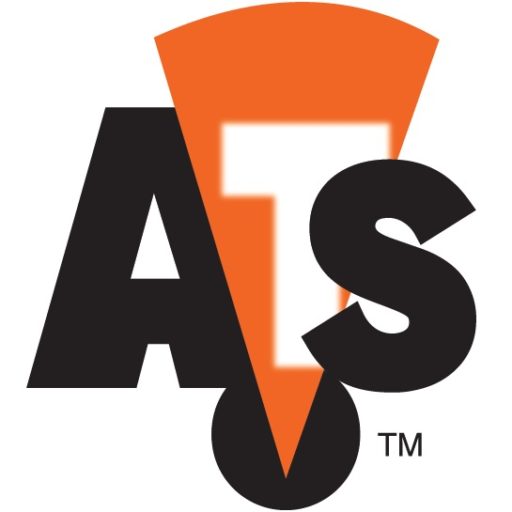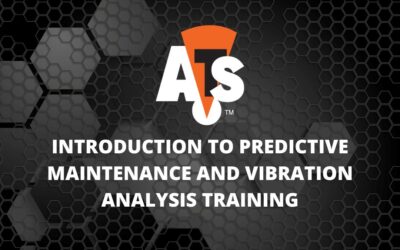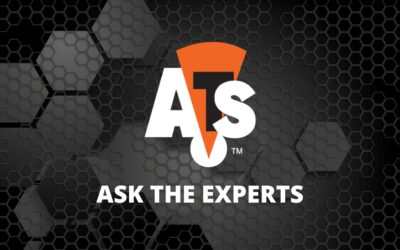Maybe a full Predictive Maintenance program seems like a big, expensive project. Maybe you’re reluctant to make the investment of time and money.
Could you get by with spot checks of your equipment instead?
Short answer: not really.
Longer answer: a spot check might be reassuring in the short term, but might be a costly approach in the long term.
Here’s the thing. A spot check gives you a snapshot in time. It tells you the condition of your equipment at the moment you check it. It doesn’t tell you how that equipment has performed over its lifespan.
And let’s be honest—most of the time, you’re only going to perform a spot check when the operator of the unit tells you it’s making a funny noise. At that point, you’re well behind the curve and may be on your way to a failure.
Predictive Maintenance establishes a trending baseline for your equipment so that variations—possibly indicators of upcoming issues—can be identified and dealt with before a failure occurs. It provides ongoing information about a specific unit rather than relying on industry standards that may not reveal how your equipment is working.
Spot checking might be acceptable for off-route, non-critical pieces of equipment. But even then, it isn’t ideal. For a true and robust sense of how your machines are operating over time, you need the regular data collection intervals provided by a full Predictive Maintenance program.






0 Comments